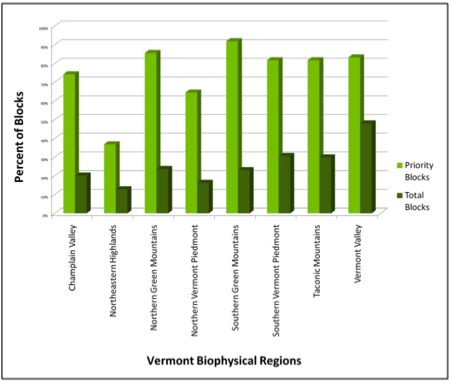|
Resident Conservation Status North American Range |
With a cryptically colored ventral surface and a colorful orange dorsal wing coloration, the Milbert’s Tortoiseshell is a relatively common sight during northeastern summers. It was selected to perch on the Vermont Butterfly Survey logo in 2002. They are fast and lively fliers and actively seek nectar, but periodically feed on dung and carrion. In the afternoon, males perch on hillsides, banks, or other prominent places to watch for females. Eggs are laid in large batches of up to 900 on the underside of hostplant leaves. Young caterpillars feed together in a web, while older larvae feed alone and make shelters of folded leaves tied with silk. Adults overwinter, sometimes in groups.
Identification
Medium to small butterfly. Forewing tip squared. Upperside is black with a wide orange submarginal band which grades to yellow at the inner edge of band. Narrow black marginal border on both wings; the hindwing border may contain some blue spots.
Flight
Overwintering adults begin to emerge in mid March. Apparently two broods with summer brood in June and July and and fall brood beginning in August. Extreme dates: 26 March 2004 in Richford (P. Lambert) and 23 October 2002 in Montpelier (C. Darmstadt).
Distribution and Habitat
During VBS found to be abundant across Vermont. They are boreal by nature and prefer damp areas near woodlands such as wet meadows or marshes. They can sometimes be found in urban or disturbed areas as well. During VBS larvae found on Stinging Nettle (Urtica dioica), also use reported elsewhere on Tall Nettle (Urtica procera). Reported to nectar on over 25 plants during VBS.







